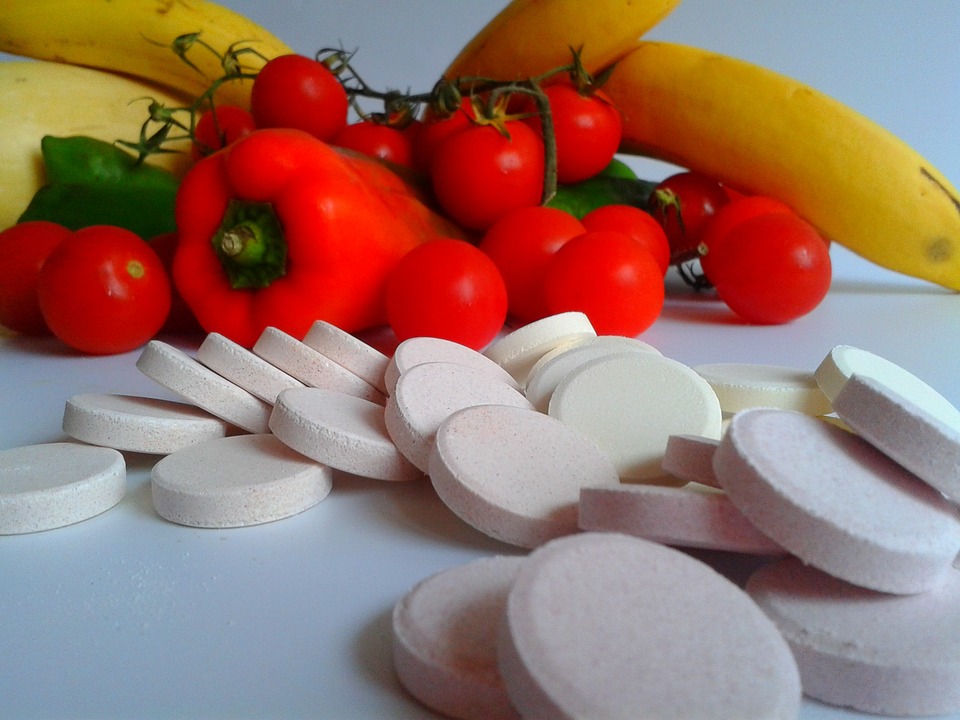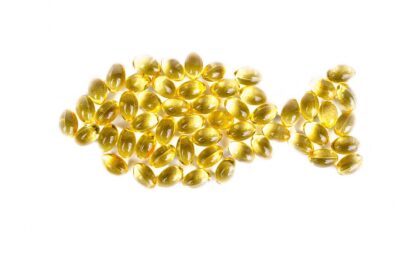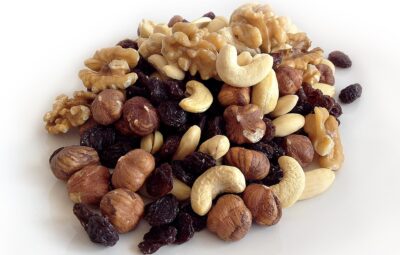If you are interested in working out and taking supplements, you have probably heard about creatine. This is a very popular and well-researched supplement. Despite being researched extensively and being popular, this sports supplement doesn’t have a good reputation. You might be wondering several things about creatine, like what it does, whether it is safe, and if you should be using it.
WHAT IS CREATINE, HOW MUCH IS NATURALLY IN THE BODY, AND WHY WOULD I SUPPLEMENT
A naturally occurring energy compound that can be increased through supplementation to improve performance.
Creatine is a naturally occurring amino compound found in many tissues that play an important role in energy metabolism. The body produces creatine from the amino acids methionine, glycine, and arginine (folate and vitamin B 12 are also catalysts), with most residing in skeletal muscle (SM) where about one-third exists as creatine (Cr) and two-thirds as phosphocreatine (PCR).
An average person who weighs 150 pounds has a creatine pool of around 120 to 140 grams. On average, people produce about one gram of creatine per day, get one gram from food, and lose two grams per day. Therefore, under normal circumstances, creatine levels are fairly constant.
The purpose of taking creatine is to increase the amount of immediate energy available to the brain and muscles. This should improve the ability of the muscles to contract more powerfully for a longer period of time and also help them to heal more quickly.
Thus, the goal of CS is to increase the muscle levels of creatine and speed the regeneration of phosphocreatine beyond what can practically be accomplished by diet alone. A study has shown that consuming CS results in an increase of creatine content in the brain by up to 9%.
Increasing the body’s natural chromium content through chromium supplementation improves energy production, which leads to improved activity outcomes in the short and long term.
There are several things that can affect the amount of creatine in your body, like how much meat you eat, how often you work out, the levels of certain hormones, how much lean body mass you have, and whether you take creatine supplements.
WHAT DOES CREATINE DO?
Creatine is mostly used as an energy source by Skeletal muscle fibers. You might remember adenosine triphosphate from your biology class. ATP is cellular energy. ATP is used by cells to create energy, and adenosine diphosphate is produced as a byproduct. Creatine provides the third phosphate molecule to replenish the ATP byproduct. In this way, creatine helps maintain cellular energy levels. Besides providing energy, what does creatine do?
CREATINE AND THE BRAIN
The brain needs a constant and readily available source of energy. It is constantly working, day and night. If the brain’s energy supply is disrupted, it can lead to neurodegenerative diseases and other problems. So, what does creatine do in the brain? Concentrated levels of phosphocreatine are stored in the brain, and researchers think that these levels can help to protect brain cells from damage due to a lack of oxygen. Creatine improves the function of cells by protecting their structure. Another benefit of creatine is that it can help improve brain health and make it more resilient.
Many people find that they are able to improve their body’s natural production of phosphocreatine by supplementing their diet with creatine. The purpose of this article is to talk about creatine supplements.
HOW DOES CREATINE MONOHYDRATE IMPROVE PERFORMANCE AND HYPERTROPHY?
CS provides you with more energy to help you work out better and recover more quickly.
ATP is the energy molecule produced in the body that allows us to perform work. ATP levels rapidly decline during high-intensity activities that last 4-15 seconds, but they only start to decrease significantly once stores of PCR are used up.
Since PCR has the ability to transfer large amounts of phosphorous, it helps to keep ATP levels high. Creatine supplementation increases anaerobic capacity by raising the natural levels of phosphocreatine, which allows for greater maintenance of ATP levels in cells, permitting athletes to train at a higher intensity for longer periods.
If you want to see greater performance gains, you should focus on maintaining higher-quality workouts throughout your training period. This will lead to immediate gains that will compound over time.
Before muscle fatigue sets in. Increasing CS intake before exercise delays muscle fatigue by reducing the decrease in muscle pH that occurs during exercise, which reduces the production of lactate and/or makes the body less reliant on sugar for energy.
C.S. may improve your muscles’ ability to recover, leading to better short- and long-term results. This may be because C.S. helps with other aspects of muscle development and adaptation.
These effects of CS may be caused by changes in gene expression, satellite cell proliferation, insulin-like growth factor signaling, growth hormone, myogenic transcription factors, and neuromuscular function.
CS may help reduce some types of muscle damage from intense workouts so that you can fully recover before your next exercise session.
Intensive cardiovascular training leads to increases in the metabolic capacity of target tissues, such as muscles, which results in more powerful and longer-lasting contractions, as well as faster complete recovery. The average results CS users see when taking the standard dose of .045g/LB/d for 10 weeks are improved strength, body composition, and muscle size compared to not taking any supplements.
HOW CREATINE SUPPLEMENTS ARE MADE
Unlike supplements like whey protein, which comes from whole food sources, creatine is synthetic and created in a lab. Whole food sources of this nutrient are mostly found in animal flesh, though it is not derived from animal products.
THERE ARE SEVERAL DIFFERENT KINDS OF SYNTHETIC CREATINE, INCLUDING:
- Creatine monohydrate the most common form and the only one with research behind it
- Creatine hydrochloride
- Kre-alkalyn, otherwise known as buffered creatine monohydrate
- Creatine nitrate
- Creatine citrate
- Creatine magnesium chelate
- Creatine malate
- Creatine ethyl ester
Creatine monohydrate is the only form of creatine that has been studied scientifically. The focus of this article is on creatine monohydrate. This substance is created by combining sarcosine (a sodium salt) and cyanamide (an organic amide compound) inside a steel reactor. The ingredients are heated in a pressurized environment. This process results in crystalized creatine. The crystals go through the pressure heating process multiple times to make the final product purer. The crystals are then broken into a fine powder by milling them. This aids in making a drink more smoothly and aids in the body’s ability to take the nutrients in.
HOW DOES CREATINE WORK FOR FITNESS?
RESEARCH INDICATES THAT CREATINE HELPS IMPROVE FITNESS IN THE FOLLOWING WAYS:
- Creatine helps to increase workload. Because creatine provides the energy you might not otherwise have, it allows you to work harder, lift more and exercise longer. These factors play critical roles in muscle growth.
- Creatine works overtime to improve the satellite signaling between cells, aiding in new fibers and improved repair.
- Creatine use can lead to a rise in anabolic (synthesizing) hormones.
- Creatine pulls water into the muscle cells, which leads to a visible increase in the size of the muscles and might also help with long-term muscle growth.
- Creatine reduces natural muscle breakdown that happens as a result of exercise.
- Creatine reduces myostatin levels, a protein that can completely prevent new muscle growth if levels are elevated.
MUSCLE GROWTH BENEFITS OF CREATINE
Many people take sports supplements in order to gain more lean muscle. Creatine is the most effective supplement for adding muscle mass. If users stick to the program, they can see an increase in their muscle size in as little as five days. This is caused by an increase in water in the muscles. After this initial term, creatine signals the body to create more muscle fibers, leading to increased muscle mass.
CREATINE BENEFITS ENDURANCE AND STRENGTH
As we talked about in the section on how creatine works, having more phosphates available means that your body can create more ATP, which is the energy you use for muscle contraction. The more ATP, the longer your muscles can work. Adding more energy creates better workouts, which results in an increase of strength.
CREATINE SUPPLEMENTATION SAFETY
It is safe to use CS both short-term and long-term as long as the dosage is correct. CS has been used in over 1000 clinical trials over the past 25 years and has been shown to be safe and effective when taken properly by healthy adults. In addition to the studies that have already been done, there are fewer studies that show that CS is also safe and effective for use by youth and adolescents.
Creatine and Creatinine and urine/blood tests. Creatinine is a normal by-product of Cr metabolism in all humans, and therefore, due to the spontaneous conversion of creatine into creatinine, diet (e.g., high in animal protein), proper use of creatine supplements and/or vigorous exercise can often lead to a creatinine level reading at or above the normal (>1.5 mg/dL), which in healthy persons, is a harmless, temporary result.
It is advised that people who exercise do not train or train lightly the day before a blood/urine test and that those who use CS should cease supplementation 4 days before the tests in order to avoid a potential “false positive” reading. Healthy individuals may resume usage at any time following testing. Studies have concluded that while creatine supplementation may slightly raise creatinine levels, it does not have negative consequences on renal function in healthy individuals when dosages are followed properly.
There are no known precautions for healthy persons for creatine, which is a naturally occurring nitrogenous organic acid. However, like with any other nitrogen-containing acid (for example, amino compounds such as amino acids/complete proteins), people with liver or kidney disease should not take this supplement without the supervision of a medical professional.
CREATINE SUPPLEMENTATION IN YOUTH AND ADOLESCENCE
The general rule is that people have to be 18 years old or older to participate in sports unless they are younger elite athletes who are properly supervised by a parent or guardian. The fact that creatine products have an 18 years or older label is more to do with manufacturers protecting themselves from liabilities rather than safety reasons. This is because science has documented the safety of CS in all age groups.
” The ISSN’s latest stance is that, as long as proper precautions and supervision are in place, creatine monohydrate supplementation is acceptable for child and adolescent athletes and may be a safer alternative to potentially dangerous anabolic drugs.
We recommend that only younger athletes who are involved in competitive, supervised training should use creatine supplementation. Those who are consuming a well-balanced and performance-enhancing diet, are knowledgeable about the appropriate use of creatine and do not exceed recommended dosages are most likely to see the benefits of using creatine.
ARE THERE SIDE EFFECTS FROM CREATINE?
There are some side effects to taking creatine, but many people don’t have the correct information about them. There are many myths about what could happen if you drink too much alcohol, including damaging your kidneys, heart, or liver. Some people believe that creatine is an anabolic steroid or that women shouldn’t use it. There are no myths about creatine. However, you may experience some side effects if you start supplementing with a loading phase.
- Weight gain is a common side effect of creatine, but to brand this negatively is misleading. When you begin supplementing with creatine, a person can experience a 1-3 kg increase in body weight. This increase can be attributed to the initial water content increase within the muscles. Weight gain could continue to increase; however, the increase is from more muscle, not more body fat.
- Bigger doses of creatine, like in a loading phase, can lead to some digestive upset and bloating. Upset could include pain, nausea, diarrhea, and gas. For most people, the maintenance dose of five grams doesn’t lead to these unpleasant side effects from creatine. If you experience these problems during the loading phase, you can simply skip this step and start with the maintenance dose. Do this knowing that the full benefits from supplementing won’t happen as quickly, as it can take up to one month to fill phosphocreatine stores without the loading phase.
The only documented side effects from creatine are very minor. This is why it is considered the safest sports supplement on the market.







